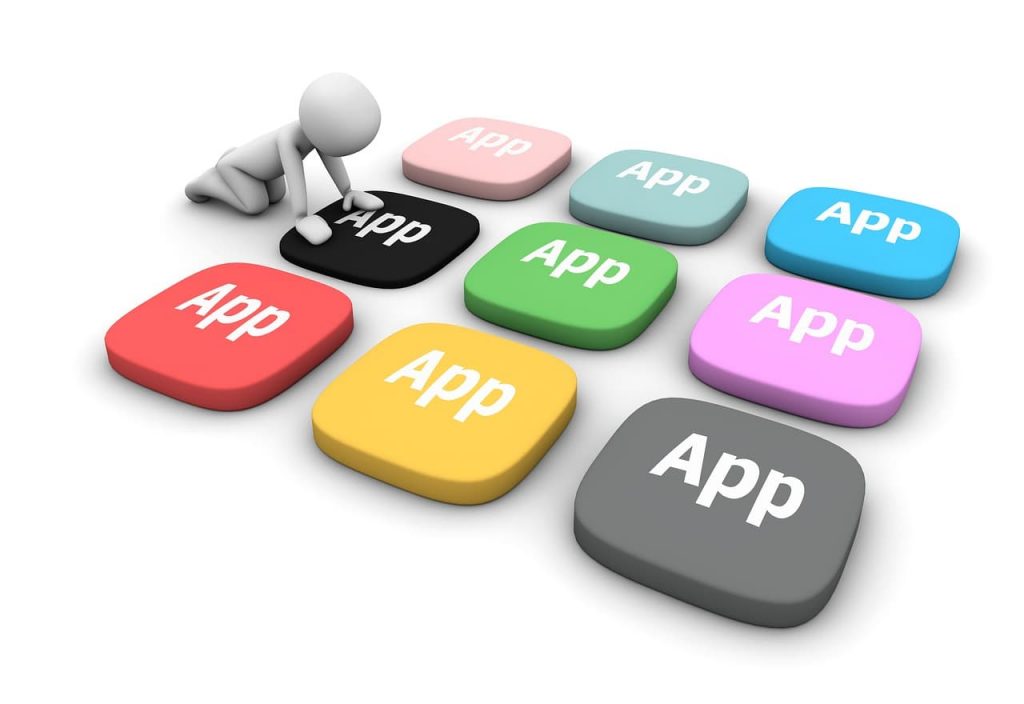On August 10, 2022 the analytical company Gartner published the annual report Hype Cycle for Emerging Technologies in which 25 tendencies in the field of information technology were named.
The new trends are significantly different from those presented in the 2021 Gartner report. However, Gartner says the technologies it introduces in the new report have the potential to provide a significant competitive advantage for early adopters over the next two to 10 years.
The Digital Client Twin (DToC) is a dynamic virtual client model that models, learns to mimic and predict behavior. The model can be used to change and improve the customer experience (CX) and provide support for new efforts to digitalize products, services, and new features.

A decentralized identity (DCI) allows an entity (usually a human user) to manage their own digital property using technologies such as blockchain or other distributed ledger technologies (DLT) and digital wallets.
Digital people are interactive, AI-controlled images that have some of the characteristics, personality, knowledge and thinking of a person.
Internal talent markets match internal employees and, in some cases, a pool of employees with time-limited projects and various job opportunities without the involvement of a recruiter.
The Metaverse is a collective virtual common three-dimensional space formed through a combination of virtual augmented physical and digital reality. The metavirtual universe is permanent, providing an enhanced immersive experience.
An NFT is a unique, programmable digital asset based on blockchain technology that publicly certifies ownership of digital assets such as digital art or music, or physical assets that are tokenized, such as houses, cars or documents.
A super app is a composite mobile app designed as a platform for providing modular micro apps that users can activate to personalize their experience with the app.
Web3 is a technological platform for creating decentralized web applications that allow the user to control their personal information and other interaction data.
Autonomous systems are self-managed physical or software systems that perform tasks limited to a specific area and exhibit three fundamental characteristics: autonomy, learning, and autonomy. When traditional AI technologies fail to provide business agility, agility and agility, autonomous systems can successfully help to achieve them.
Causal AI identifies and exploits causal relationships to move beyond correlational predictive models to AI systems that can prescribe actions more efficiently and act more autonomously.
Base models are transformer-based models, such as scaled linguistic models, that embody a type of deep neural network architecture that computes digital reproduction of text in the context of nearby words, focusing on their sequence.
Generative AI design or AI augmented design is the use of AI, machine learning (ML) and natural language processing (NLP) technologies to automatically generate and develop custom routes, screen designs, content, and presentation layer code for digital products.
Machine learning code generation tools include cloud-based ML models that connect to professional developer’s integrated development environments (IDEs) and are extensions that offer code based on natural language descriptions or partial code snippets.
Cloud data ecosystems provide a holistic data management infrastructure that can support a full range of workloads from research data processing to operational data storage. Cloud data ecosystems provide optimal feed and comprehensive functionality that is easy to deploy, optimize, and maintain.
Augmented FinOps automates traditional DevOps concepts such as agility, continuous integration and deployment, and end-user feedback for financial resource management, budgeting, and cost rationalization through the application of artificial intelligence and machine learning techniques.
Cloud sustainability is the application of cloud services to achieve sustainable development in economic, environmental and social systems.
The compute store (CS) transfers host data processing from the main memory of the CPU to storage devices.
Cybersecurity Mesh Architecture (CSMA) is the latest approach to building composable, distributed security controls that enhance the effectiveness of security systems as a whole.
Data observability is the ability to control the health of an organization’s data landscape, data pipelines, and data infrastructures by continuously monitoring, tracking, analyzing, and resolving unacceptable incidents.
Dynamic Risk Management (DRG) is a new approach to the critical task of defining roles and responsibilities for risk management. DRG tailors risk management to each risk, enabling organizations to better manage risk and reduce the cost of maintaining risk.
Industry cloud platforms leverage their underlying SaaS (Software as a Service), Platform as a Service (PaaS), and Infrastructure as a Service (IaaS) cloud services to offer industry-relevant packaged business and technical solutions for a specific industry as a whole product offering.
A minimum viable architecture (MVA) is a standardized framework used by product development teams to ensure timely and compliant product development and iteration.

Observability-Driven Development (ODD) is a software development practice that provides granular visibility and context into system state and behavior by designing systems in such a way that their processes can be observed.
OpenTelemetry is a set of specifications, tooling, application programming interfaces (APIs), and software development kits (SDKs) that describes and provides support for implementing open source tools and monitoring frameworks for software.
Platform engineering is the discipline of building and operating internal developer platforms (IDPs) with a self-managing function for software development and software lifecycle management.
